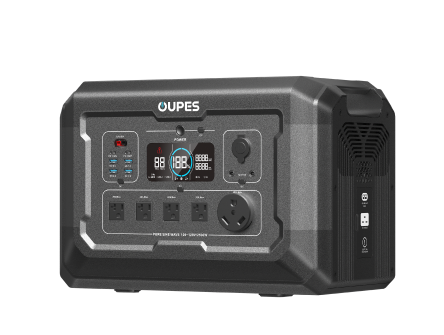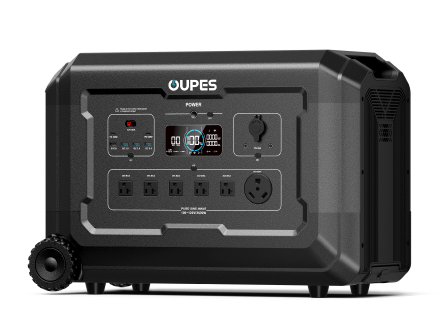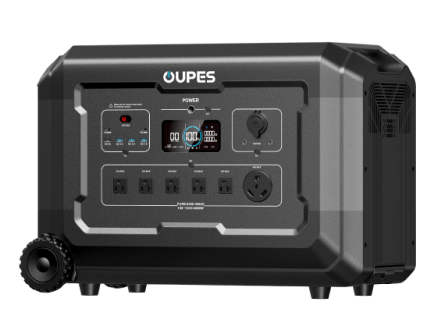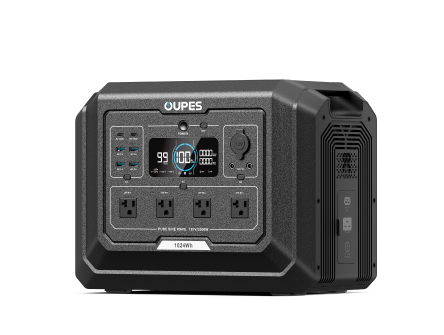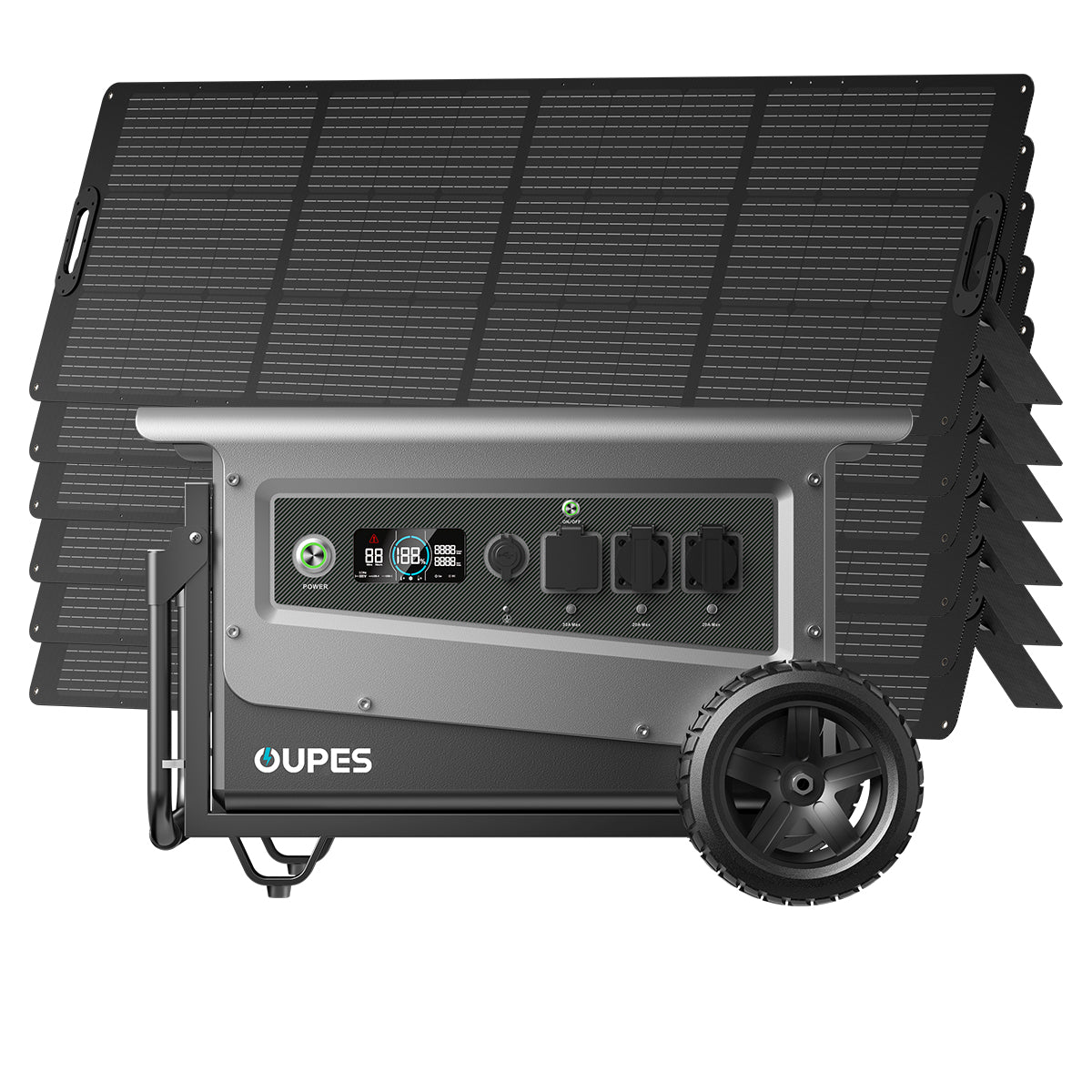
Embarking upon the acquisition of a portable solar generator inevitably involves confronting the practical matter of cost. It's a query that echoes in the mind of every prospective buyer: what is the requisite pecuniary outlay for such empowering technology? To frame this purely as expenditure, however, is to overlook its profound nature as an investment—an investment in autonomy, in resilience against the unpredictable temperament of the grid, and in alignment with sustainable energy paradigms. The financial spectrum for these devices is indeed broad, a landscape shaped by intricate factors of capability, endurance, and technological sophistication. Understanding the architecture of this cost structure is the first step toward making a choice that is not only financially prudent but also perfectly attuned to your energy aspirations.
The price tag, therefore, represents far more than a simple number; it reflects a constellation of engineering choices and material commitments. It speaks to the unit's capacity to store the sun's energy, its ability to deliver that power smoothly and robustly, the longevity engineered into its electrochemical heart, and the thoughtful features designed for convenience and safety. Appreciating these underlying determinants allows one to move beyond surface-level comparisons and engage in a more nuanced evaluation of value, discerning where true worth resides and ensuring the chosen generator represents not just a purchase, but a shrewd and lasting allocation of resources toward dependable, mobile power.
Deconstructing the Price Tag: Key Cost Determinants
The financial architecture of a portable solar generator is underpinned by several critical components, each contributing distinctly to the final cost. The primary determinant, undeniably, is the **energy storage capacity**, measured in Watt-hours (Wh). This figure quantifies the sheer volume of energy the unit can hold. Logically, a larger reservoir, built from a greater number of high-quality battery cells, necessitates a higher material investment, directly influencing the purchase price. Think of it simply: more storage translates to higher cost. Closely following capacity is the **power output capability** (Watts, W) and the sophistication of the integrated **inverter**. Delivering higher continuous wattage, and particularly the substantial surge power needed to start demanding appliances, requires more robust, complex inverter components capable of handling significant electrical loads. Furthermore, the *quality* of that output is paramount; generating a Pure Sine Wave AC current—essential for the safe and optimal functioning of sensitive electronics—demands superior inverter technology compared to less refined alternatives, a difference reflected in the cost but justified by the protection afforded to your valuable devices. OUPES integrates high-quality inverters precisely for this reason, ensuring compatibility and safety. Then there is the **battery chemistry**, a factor with profound implications for both cost and long-term value. While various lithium chemistries exist, OUPES prominently features **Lithium Iron Phosphate (LiFePO4)**. This advanced chemistry, renowned for its exceptional safety profile and vastly extended cycle life (often exceeding 3500 cycles while retaining significant capacity), represents a strategic choice. While the initial cost per Watt-hour might sometimes seem higher than older technologies, the dramatically increased longevity means the *amortized cost per cycle* plummets, offering superior economic value over the unit's lifespan. It’s an investment in endurance. Finally, an array of **features and build quality considerations** add layers to the cost structure: the quantity and type of output ports (including high-wattage USB-C PD), the intricacy of the Battery Management System (BMS), the speed of AC and solar charging capabilities, intelligent features like app connectivity or seamless UPS functionality, and the overall ruggedness and material integrity of the enclosure all contribute to the unit's final price, reflecting the level of convenience, safety, and durability engineered into the design.
The Spectrum of Investment: Matching Cost to Application
The diverse landscape of portable power needs naturally gives rise to a corresponding spectrum of investment levels for solar generators. Not every application demands the same level of capability, and thus, the financial commitment can be tailored accordingly. At the more accessible end lie **entry-level solutions**, typically characterized by modest capacities (perhaps a few hundred Watt-hours) and sufficient output (around 600W or less) for lighter duties. These units represent a gateway to energy independence, ideal for casual weekend camping, powering personal electronics, small lights, or basic communication devices. Their lower price point reflects their specific, though valuable, utility. Ascending the scale, we encounter **mid-range generators**, often representing a judicious balance between substantial capacity (approaching or exceeding 1000-1500Wh, like OUPES 1200W or 1800W models) and robust power output (1200W to 2000W or more). These units cater to more demanding scenarios: extended off-grid trips, RV power supplementation, running small appliances like portable fridges or coffee makers, and providing a more meaningful emergency backup. The moderate investment here secures significantly enhanced capability and endurance. At the apex reside the **high-capacity systems**, such as the OUPES Mega series, designed for the most demanding applications, including comprehensive home backup, powering high-draw tools professionally, or ensuring long-term off-grid resilience. These often feature capacities measured in multiple thousands of Watt-hours (2000Wh, 3000Wh, even 5000Wh+), formidable continuous and surge outputs, advanced features like rapid UPS switchover, and frequently, the ability to expand capacity further with additional battery modules. The significant investment reflects their profound capability and the substantial peace of mind they provide. Across this entire spectrum, OUPES strategically positions its offerings, endeavoring to deliver exceptional capability relative to cost, ensuring that reliable, durable solar power solutions are within reach at various investment thresholds, embodying a commitment to accessible energy innovation.
Beyond the Initial Purchase: Understanding Total Value
A discerning assessment of cost extends beyond the initial price tag, venturing into the realm of total value and long-term economic efficiency. The true cost of ownership unfolds over the lifespan of the generator, influenced significantly by its endurance, operational savings, and inherent reliability. Here, the strategic implementation of **LiFePO4 battery technology** within OUPES generators becomes a cornerstone of value. The remarkable cycle life—often exceeding 3,500 cycles before reaching 80% capacity—means the unit can provide reliable power for many years, potentially lasting several times longer than devices using less durable battery chemistries. This longevity drastically reduces the effective cost per use, making the initial investment remarkably prudent over time. Consider the alternative: replacing a less durable unit multiple times versus the single, lasting purchase of a robust LiFePO4-powered generator. The calculus clearly favors endurance. Furthermore, operating a solar generator eliminates the ongoing expenditure associated with conventional fuel-burning alternatives. Sunlight is a free, inexhaustible resource. There are no recurring fuel costs to budget for, no oil changes, no complex engine maintenance—just clean, quiet power harvested directly from the environment. This operational saving accumulates significantly over the years, further enhancing the generator's economic proposition. The efficiency of the energy harvesting process itself, optimized by advanced **MPPT solar charge controllers** integrated into OUPES units, ensures that the maximum possible free energy is captured from connected solar panels, minimizing reliance on grid charging and maximizing self-sufficiency. Add to this the assurance provided by a comprehensive **warranty and accessible support**, which safeguards the investment against unforeseen issues and minimizes potential future repair expenses. This holistic view—encompassing initial cost, exceptional longevity, operational savings, and warranty protection—reveals that an OUPES generator often represents not merely an affordable purchase, but a profoundly cost-effective long-term energy solution.
In summation, the question of "how much" a portable solar generator costs dissolves into a more sophisticated inquiry into value, capability, and longevity relative to investment. The price spectrum is wide, directly reflecting the intricate interplay of energy capacity, power output potential, the resilience imbued by advanced battery chemistries like LiFePO4, and the suite of features enhancing usability and safety. A higher initial outlay often corresponds to greater capability and significantly extended operational life, potentially yielding superior long-term economic efficiency. The prudent calculus involves meticulously aligning these technological attributes with clearly defined personal energy requirements and budgetary realities.
The "right" price, therefore, is not an absolute figure but emerges from this confluence of need and technological offering. It signifies acquiring the precise level of power, endurance, and features necessary for your intended applications without excessive expenditure on unneeded capacity or compromising on essential quality and longevity. OUPES navigates this complex terrain by championing a philosophy of accessible innovation—delivering robust, durable, and feature-rich solar power solutions engineered with LiFePO4 technology, designed to offer exceptional performance and enduring value, thereby representing a wise and attainable investment in your energy future, resilience, and freedom.

